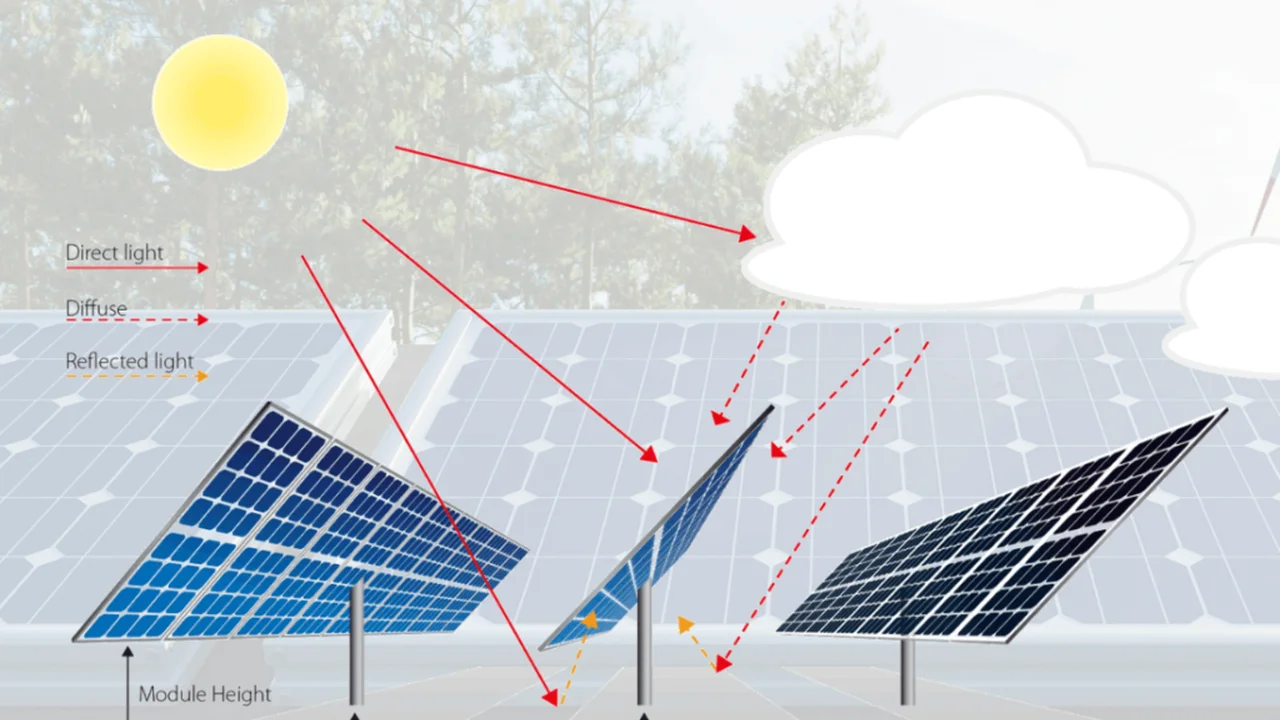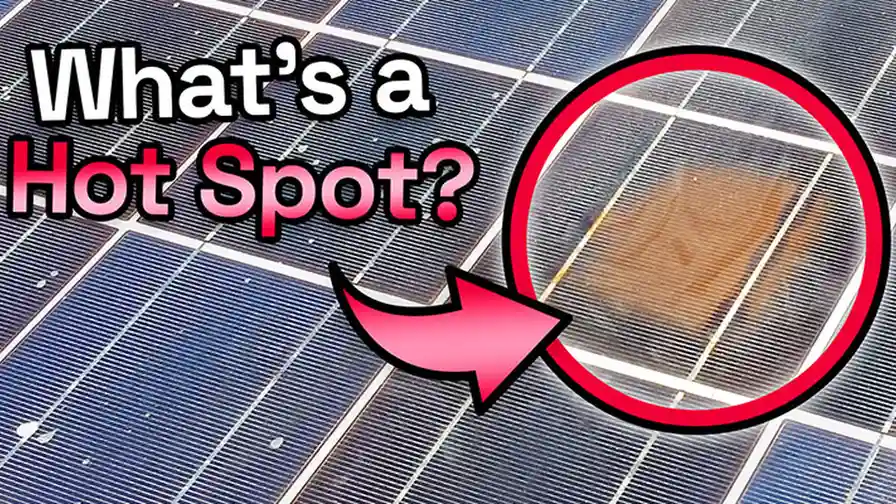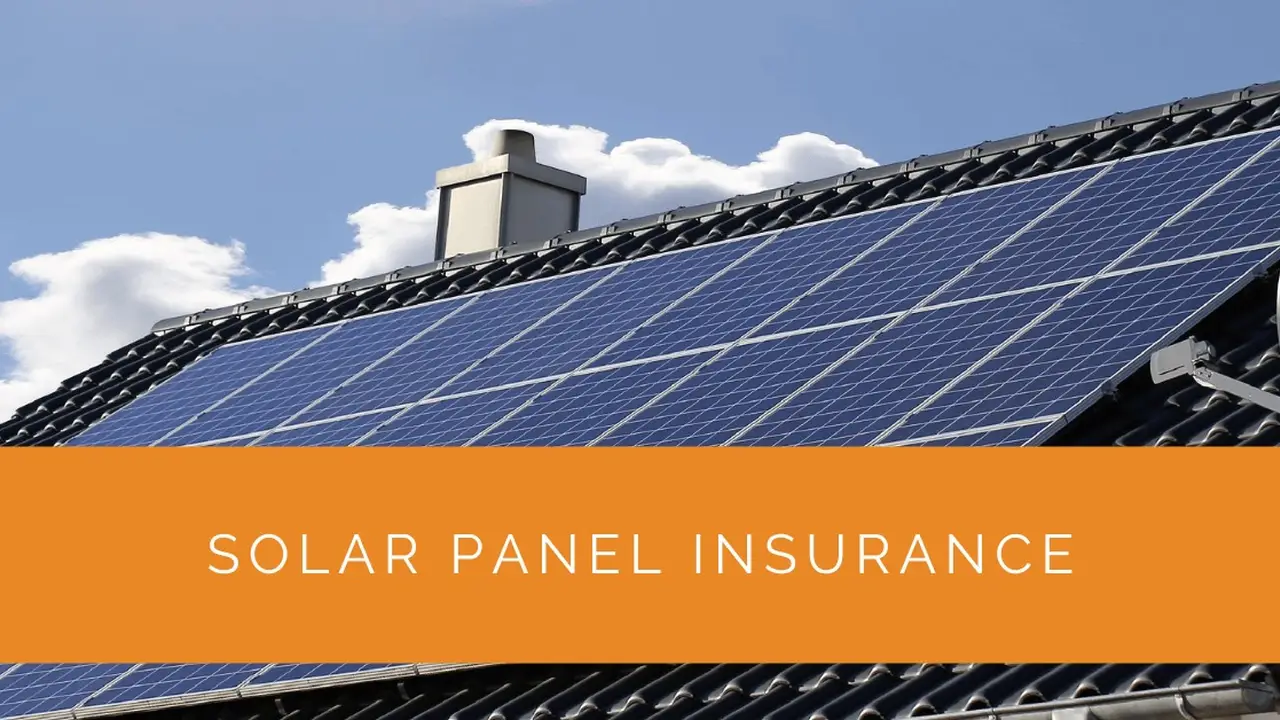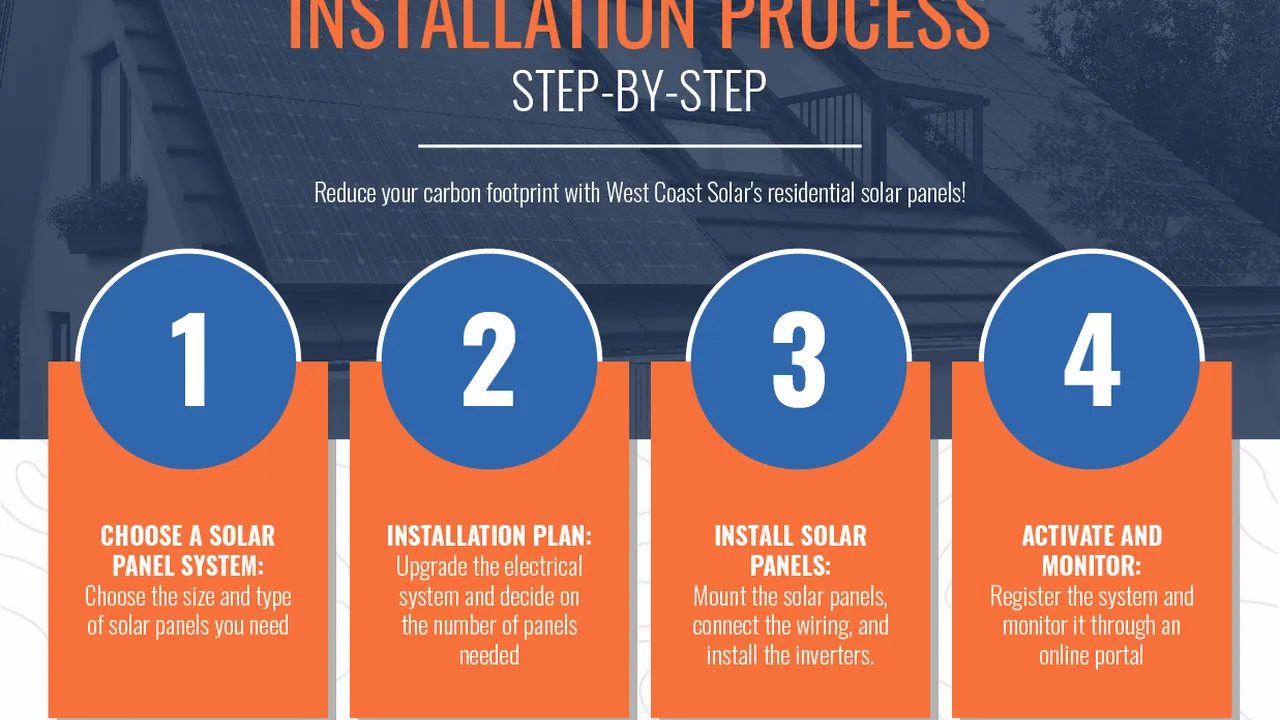Solar Panel and Virtual Net Metering: Sharing Credits
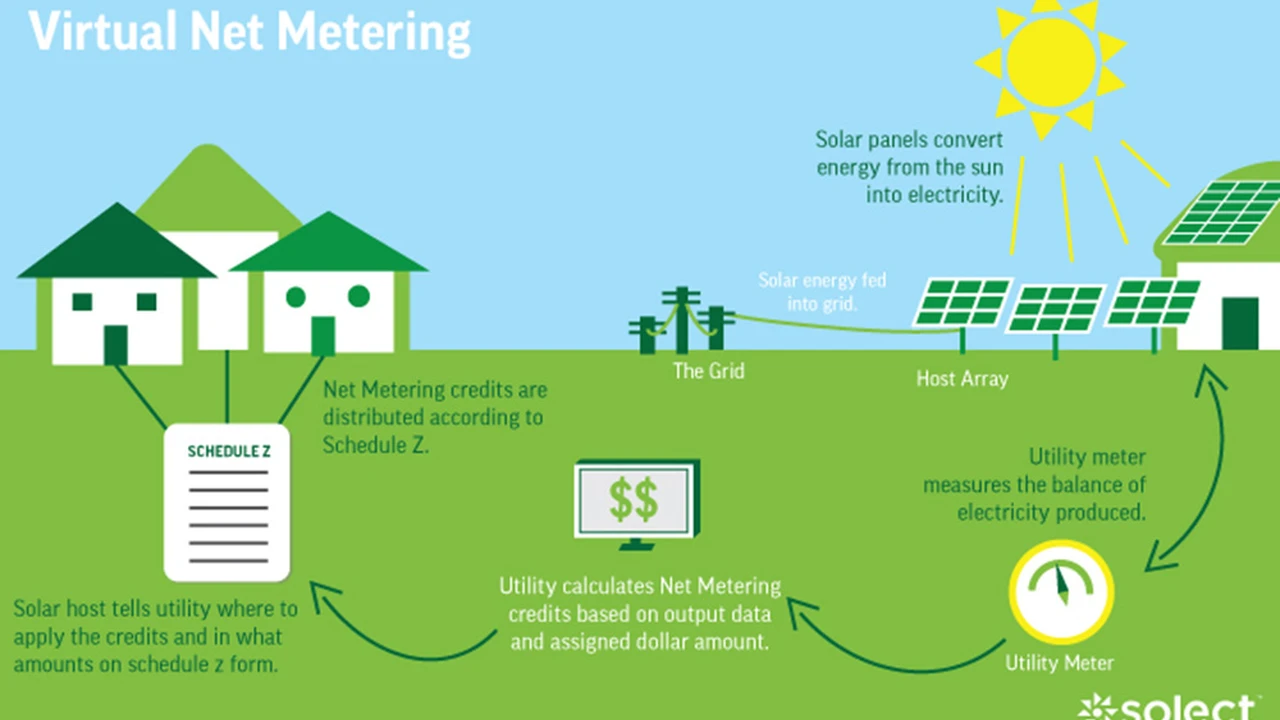
Understanding Virtual Net Metering VNM for Solar Panel Owners
So, you've got solar panels, that's awesome! You're generating clean energy and potentially saving a bunch of money. But what if you could share those savings with others, even if they don't have solar panels themselves? That's where Virtual Net Metering (VNM) comes in. It's a pretty cool concept that allows you to distribute the solar credits generated by your system to other electricity accounts, usually within the same utility territory.
Think of it like this: your solar panels are like a mini power plant. They’re cranking out electricity, and any excess power you don’t use goes back to the grid. Normally, you'd get a credit on your bill for that excess. With VNM, you can designate other accounts – maybe your family members, a small business you own, or even a non-profit – to receive a portion of those credits. It’s a way to spread the solar love (and the savings!).
How Virtual Net Metering Works The Nitty Gritty Details
Okay, let's break down the mechanics a bit. The specific rules and regulations for VNM vary quite a bit from state to state, and even between different utility companies. That’s why it’s super important to check with your local utility to understand the specifics in your area. But generally, the process looks something like this:
- Application: You'll need to apply to your utility to participate in a VNM program. This usually involves filling out some paperwork and providing information about your solar system and the accounts you want to allocate credits to.
- Credit Allocation: You decide how much of your solar credits each designated account will receive. This could be a fixed percentage or a specific dollar amount each month.
- Meter Reading: Your utility will track how much electricity your solar panels generate and how much electricity you consume. They'll also track the electricity usage of the accounts you've designated.
- Credit Distribution: At the end of each billing cycle, the utility will calculate the solar credits you've earned and distribute them to the designated accounts according to your allocation plan.
- Billing: Each account will receive a bill reflecting the solar credits applied. This will reduce the amount they owe for electricity.
It's worth noting that there may be limits on the number of accounts you can allocate credits to, and there may be restrictions on who those accounts can belong to. Again, check with your utility for the specific rules in your area.
Benefits of Virtual Net Metering Spreading the Solar Wealth
So, why would you want to participate in VNM? Well, there are several potential benefits:
- Helping Others: It's a great way to help family members, friends, or organizations save money on their electricity bills. This is especially helpful for those on fixed incomes or struggling to make ends meet.
- Supporting Local Businesses: If you own a business, you can allocate credits to other businesses in your community, helping them reduce their operating costs.
- Increasing Solar Adoption: VNM can make solar more attractive to people who might not be able to install solar panels themselves, such as renters or those living in apartments.
- Community Solar Programs: VNM is often used as a mechanism for community solar programs, where a group of people invest in a shared solar array and then allocate the credits among themselves.
- Financial Benefits: Even if you're not directly benefiting financially, helping others save money can create goodwill and strengthen your community. Plus, some programs offer incentives for participating in VNM.
Potential Drawbacks and Considerations of VNM
While VNM offers several advantages, it's important to be aware of the potential drawbacks and considerations:
- Complexity: VNM programs can be complex, with different rules and regulations in different areas. It can take some time and effort to understand the program and complete the application process.
- Administrative Fees: Some utilities may charge administrative fees for participating in VNM. These fees can eat into the savings you're generating.
- Tax Implications: Depending on how the credits are allocated, there may be tax implications. It's a good idea to consult with a tax professional to understand the potential impact.
- Utility Approval: Your utility may not approve your application if there are too many participants in the program or if the grid can't handle the additional solar generation.
- Credit Value: The value of the solar credits may not be the same as the retail price of electricity. You may receive a lower rate for the excess electricity you send back to the grid.
VNM Program Availability Finding a Program Near You
As we've mentioned, VNM programs are not available everywhere. The best way to find out if there's a program in your area is to contact your local utility company. You can also check with your state's energy office or public utility commission. They often have information about renewable energy programs available in the state.
When you contact your utility, be sure to ask about:
- The specific rules and regulations for VNM in your area.
- The eligibility requirements for participating in the program.
- Any administrative fees or other costs associated with VNM.
- The value of the solar credits you'll receive.
- The application process.
Don't be afraid to ask questions and get clarification on anything you don't understand. The more informed you are, the better equipped you'll be to decide if VNM is right for you.
Choosing the Right Solar Panels for VNM Maximizing Your Credit Generation
If you're planning to participate in a VNM program, choosing the right solar panels is crucial for maximizing your credit generation. Here are a few factors to consider:
- Efficiency: Look for solar panels with high efficiency ratings. The more efficient the panels, the more electricity they'll generate from the same amount of sunlight.
- Performance in Low Light: Some solar panels perform better than others in low-light conditions, such as on cloudy days or in the early morning and late afternoon. Choose panels that are known for their good low-light performance.
- Durability: Solar panels are a long-term investment, so you want to choose panels that are durable and can withstand the elements. Look for panels with a good warranty.
- Temperature Coefficient: The temperature coefficient indicates how much the panel's performance degrades as the temperature increases. Choose panels with a low temperature coefficient.
- Cost: Of course, cost is always a factor. Compare the cost of different solar panels and choose the ones that offer the best value for your money.
Recommended Solar Panel Products for VNM Applications
Alright, let's get to some specific recommendations. Keep in mind that solar panel technology is constantly evolving, so it's always a good idea to do your own research and compare different options. But here are a few panels that are generally well-regarded for their performance and reliability:
SunPower Maxeon Series High Efficiency and Durability
SunPower panels are known for their high efficiency and durability. The Maxeon series, in particular, stands out for its exceptional performance and long lifespan. These panels are a great choice if you're looking to maximize your solar credit generation over the long term. They are more expensive, generally around $3.00-$4.00 per watt installed, but their superior performance can justify the higher initial cost.
Ideal Usage Scenario: Homes with limited roof space, where maximizing electricity generation is crucial. Also ideal for areas with high electricity rates, where the long-term savings will be significant.
LG NeON Series Excellent Performance in Varying Conditions
LG solar panels are another excellent option. The NeON series offers a good balance of efficiency, performance, and cost. These panels are known for their good performance in low-light conditions and their resistance to degradation over time. Expect to pay around $2.50 - $3.50 per watt installed.
Ideal Usage Scenario: Homes in areas with variable weather conditions, where performance in both sunny and cloudy conditions is important. A good all-around choice for most residential solar installations.
Panasonic EverVolt Series High Efficiency and Reliability
Panasonic's EverVolt series is a strong contender, offering high efficiency and a robust warranty. These panels are known for their reliability and consistent performance. They are priced competitively in the mid-range, around $2.75 - $3.75 per watt installed.
Ideal Usage Scenario: Homes where reliability and long-term performance are a top priority. A good choice for homeowners who want peace of mind knowing their solar panels will last for many years.
REC Alpha Series Strong Performance and Competitive Pricing
REC panels are a good option if you're looking for a balance of performance and affordability. The Alpha series offers good efficiency and a competitive price point. These panels are a solid choice for homeowners who want to save money without sacrificing performance. Expect to pay around $2.25 - $3.25 per watt installed.
Ideal Usage Scenario: Homes where budget is a concern, but the homeowner still wants a reliable and efficient solar panel system.
Comparing Solar Panel Products A Head to Head Look
Let's dive into a quick comparison table to highlight the key differences between these panels:
| Panel Brand | Efficiency | Estimated Cost per Watt (Installed) | Key Features | Ideal Usage |
|---|---|---|---|---|
| SunPower Maxeon | 22.8% | $3.00 - $4.00 | Highest efficiency, exceptional durability | Limited roof space, high electricity rates |
| LG NeON | 22% | $2.50 - $3.50 | Good low-light performance, durable | Variable weather conditions, all-around residential |
| Panasonic EverVolt | 21.2% | $2.75 - $3.75 | High reliability, robust warranty | Long-term reliability, peace of mind |
| REC Alpha | 21.7% | $2.25 - $3.25 | Good performance, competitive pricing | Budget-conscious, reliable performance |
Important Note: These prices are estimates and can vary depending on your location, the installer you choose, and the specific system configuration. It's always best to get quotes from multiple installers to compare prices and options.
Inverters and VNM Choosing the Right Match
Don't forget about the inverter! The inverter is the brain of your solar system, converting the DC electricity generated by your panels into AC electricity that can be used by your home and sent back to the grid. When participating in VNM, it's important to choose an inverter that's compatible with your solar panels and the utility's requirements.
Some popular inverter brands include:
- Enphase: Enphase microinverters are a good choice for systems where shading is a concern. They also offer individual panel monitoring, which can be helpful for tracking your solar credit generation.
- SolarEdge: SolarEdge inverters use power optimizers, which can improve the performance of your solar panels, especially in shaded conditions.
- SMA: SMA inverters are known for their reliability and efficiency. They offer a wide range of inverters for different system sizes and applications.
Your solar installer can help you choose the right inverter for your system based on your specific needs and the utility's requirements.
Beyond the Panels Additional Considerations for VNM Success
Okay, you've got your panels and inverter sorted out. What else should you consider to maximize your success with VNM?
- System Size: The size of your solar system will determine how much electricity you generate and how many solar credits you have to allocate. Work with your solar installer to determine the optimal system size for your needs.
- Orientation and Tilt: The orientation and tilt of your solar panels will affect how much sunlight they receive. Ideally, your panels should face south at an angle that maximizes sunlight exposure throughout the year.
- Monitoring: Invest in a solar monitoring system that allows you to track your electricity generation and consumption. This will help you ensure that your system is performing as expected and that you're maximizing your solar credit generation.
- Maintenance: Keep your solar panels clean and free of debris to ensure optimal performance. You may need to clean your panels periodically, especially if you live in an area with a lot of dust or pollen.
VNM in Action Real World Examples and Case Studies
To give you a better idea of how VNM works in practice, let's look at a few real-world examples:
- Example 1: A homeowner with a solar system allocates a portion of their solar credits to their elderly parents, who live on a fixed income. This helps the parents save money on their electricity bills, making their retirement more comfortable.
- Example 2: A small business owner with a solar system allocates credits to a local non-profit organization. This helps the non-profit reduce its operating costs, allowing it to provide more services to the community.
- Example 3: A community solar program allows residents to invest in a shared solar array and then allocate the credits among themselves. This makes solar accessible to people who might not be able to install solar panels on their own homes.
These are just a few examples of how VNM can be used to benefit individuals and communities. The possibilities are endless!
The Future of Virtual Net Metering Expanding Access to Solar Energy
Virtual Net Metering is playing an increasingly important role in expanding access to solar energy. As more states and utilities adopt VNM programs, more people will be able to benefit from the clean, affordable electricity generated by solar panels. VNM is a key component of a more sustainable and equitable energy future.
Keep an eye on your local utility and state energy policies for updates and new opportunities in the world of Virtual Net Metering. It's a powerful tool that can help you save money, support your community, and contribute to a cleaner planet.
:max_bytes(150000):strip_icc()/277019-baked-pork-chops-with-cream-of-mushroom-soup-DDMFS-beauty-4x3-BG-7505-5762b731cf30447d9cbbbbbf387beafa.jpg)



